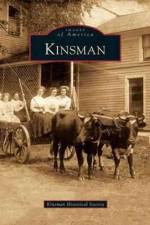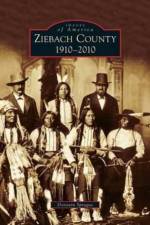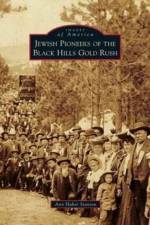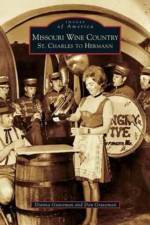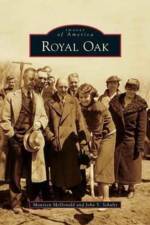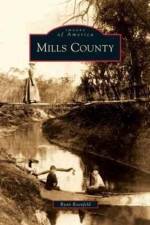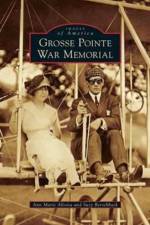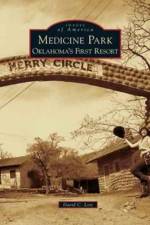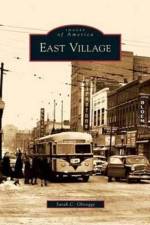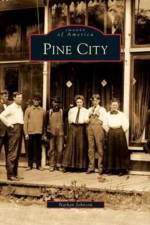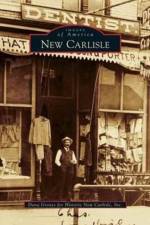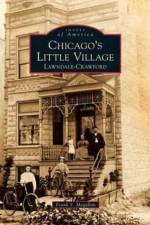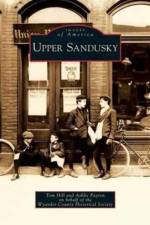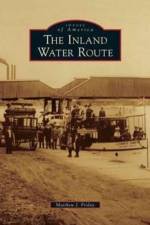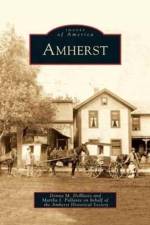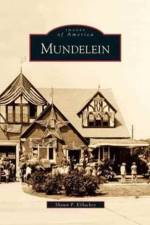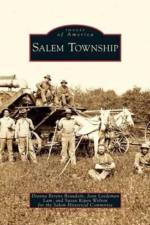- Oklahoma's First Resort
von David C Lott
30,00 €
The historic cobblestone community of Medicine Park was founded on July 4, 1908, as Oklahoma's first planned resort. It is located in southwest Oklahoma at the entry to the Wichita Mountains National Wildlife Refuge, the second most visited wildlife refuge in the country, hosting 1.5 million annual visitors. Through the political connections of founder Sen. Elmer Thomas, the resort enjoyed a great deal of early success. Tourists flocked to the area to enjoy mountains, wildlife, swimming, fishing, food, and lodging. From its founding through the 1930s, it became a getaway to relax, "chum-around," gamble, and even partake in some illegal bootleg whisky. Medicine Park became known as the "jewel of the Southwest." There was a spa, dance hall, bathhouse, general store, school, hydroelectric plant, and cafe, along with creek swimming and tennis courts. Following World War II, the resort was subject to economic struggles that lasted more than four decades. Today much of the resort town of 400 has been restored and revitalized, and there is renewed excitement about its future.


